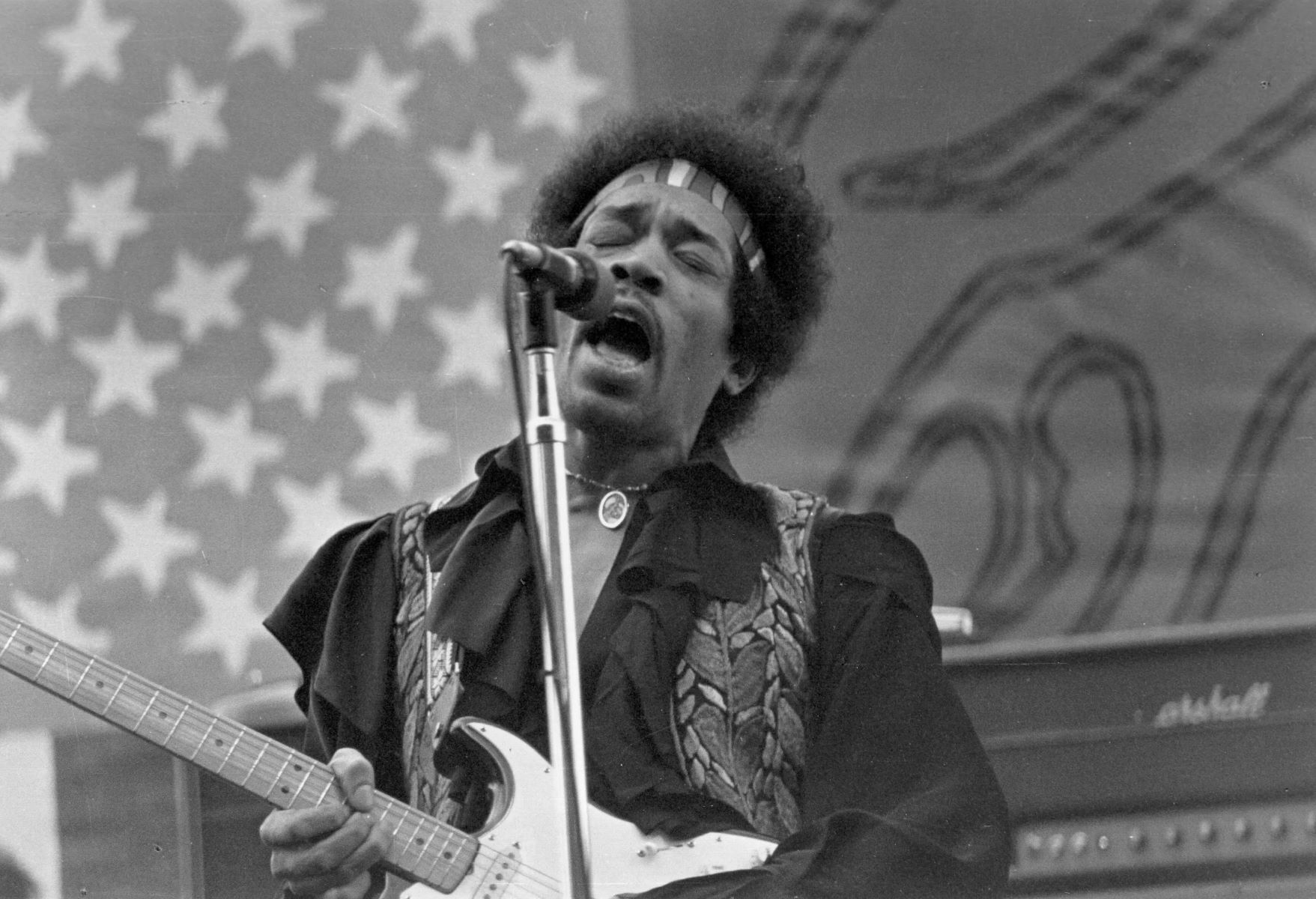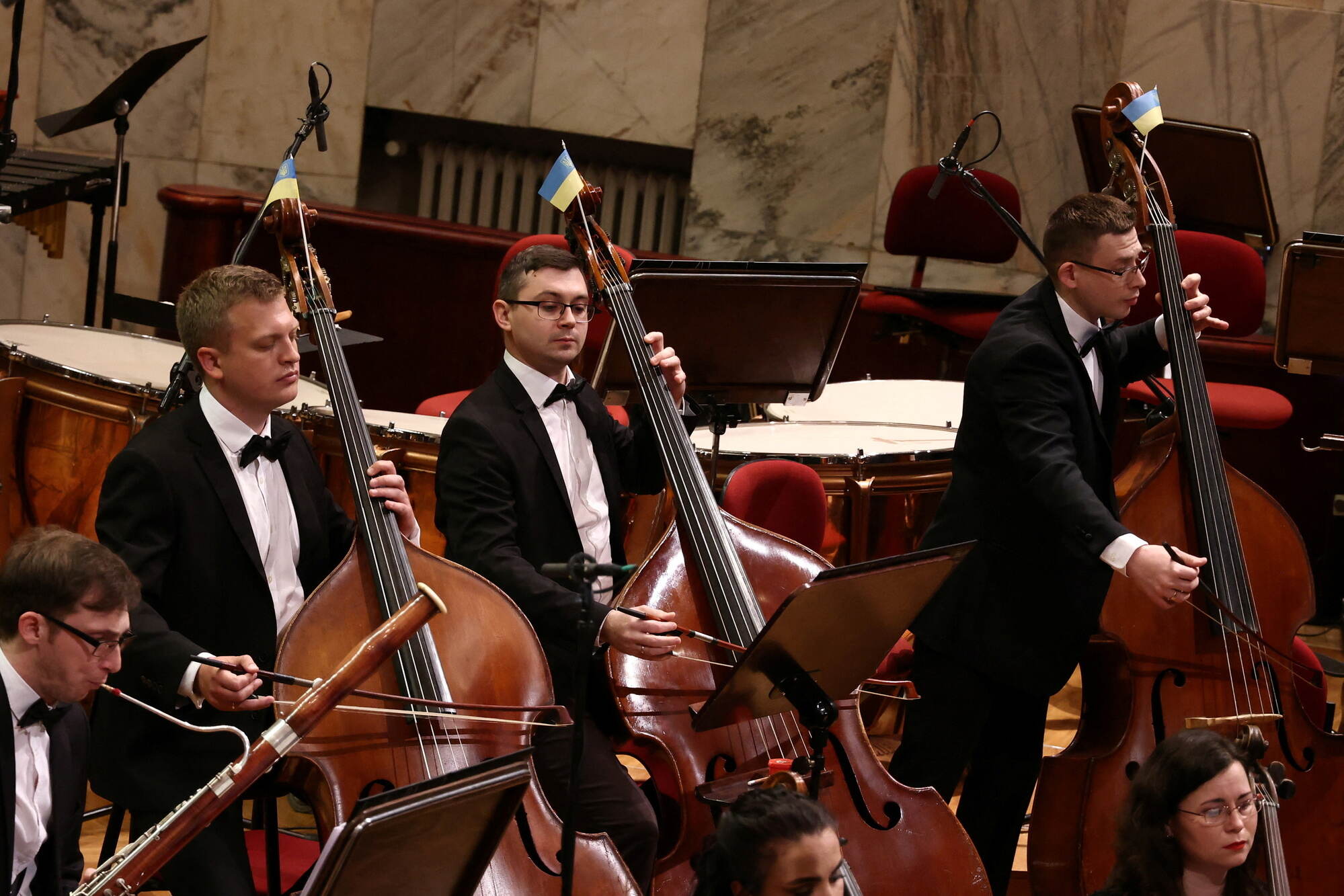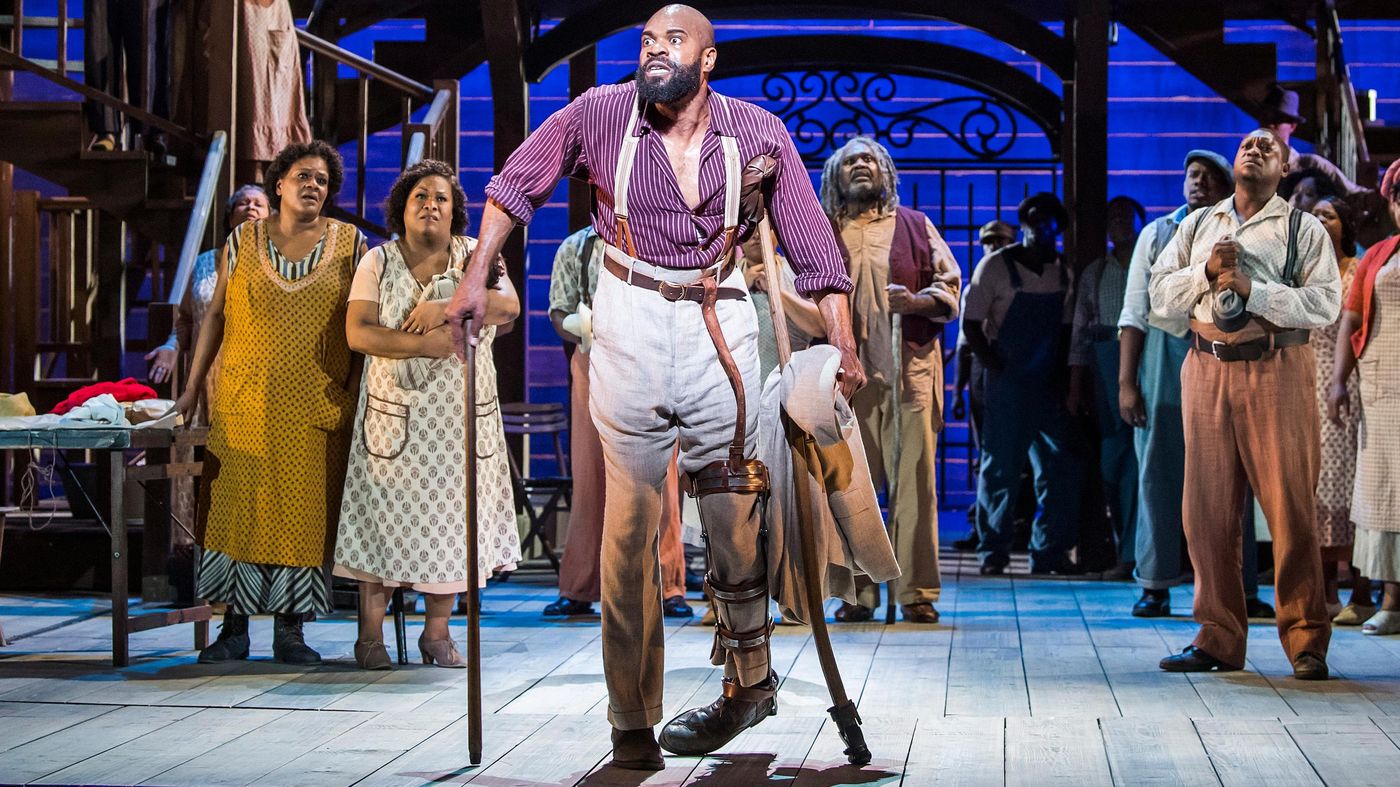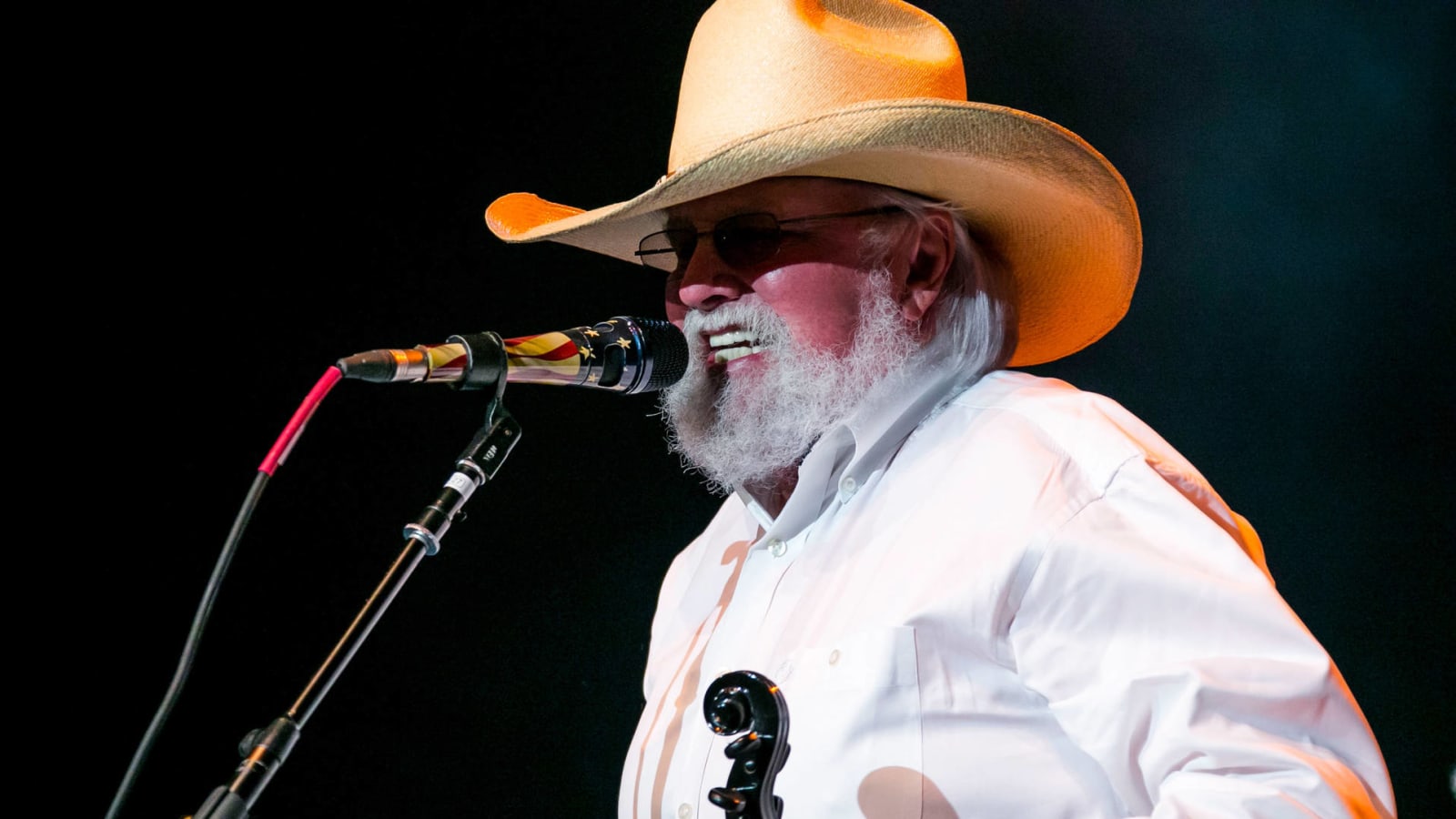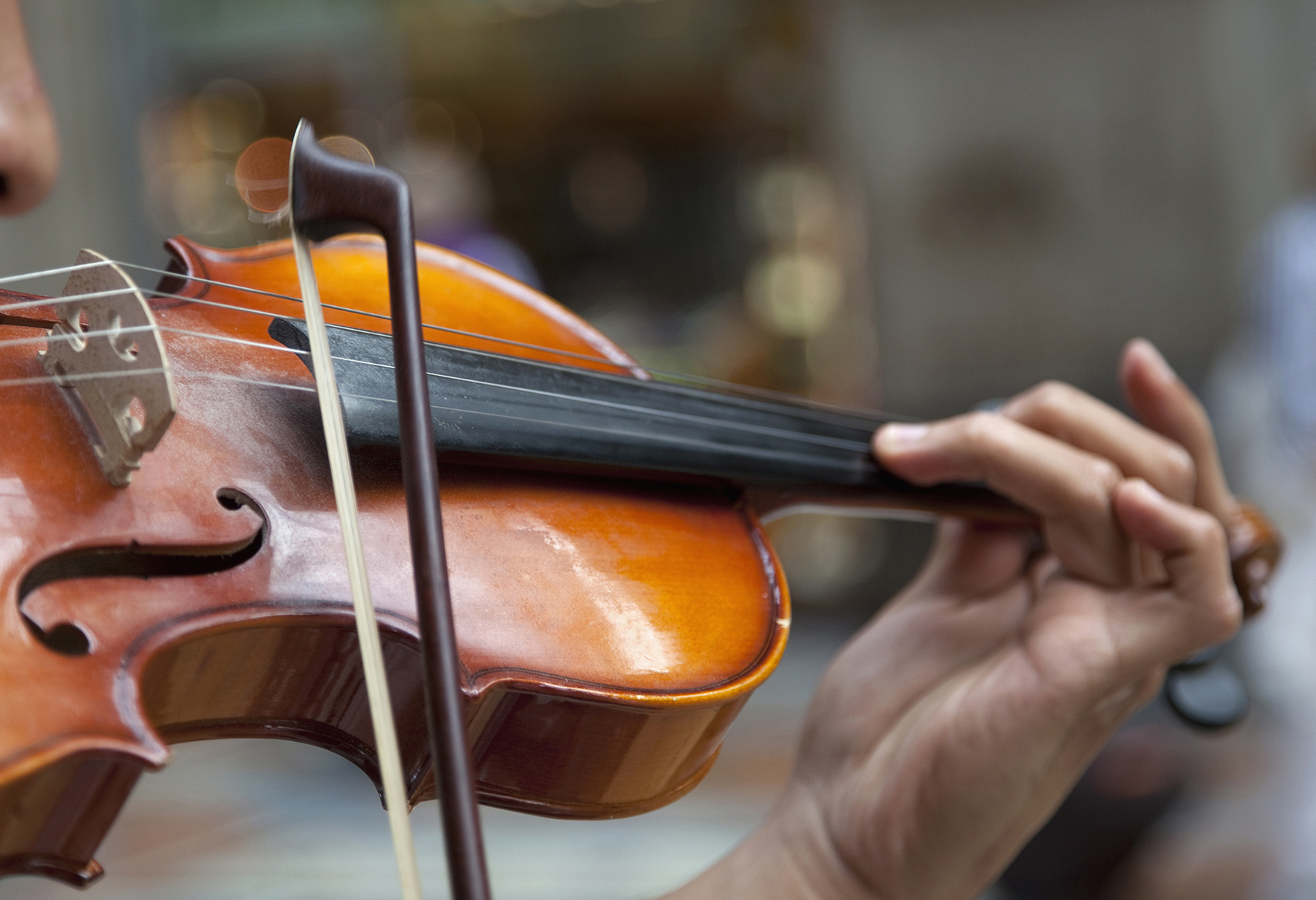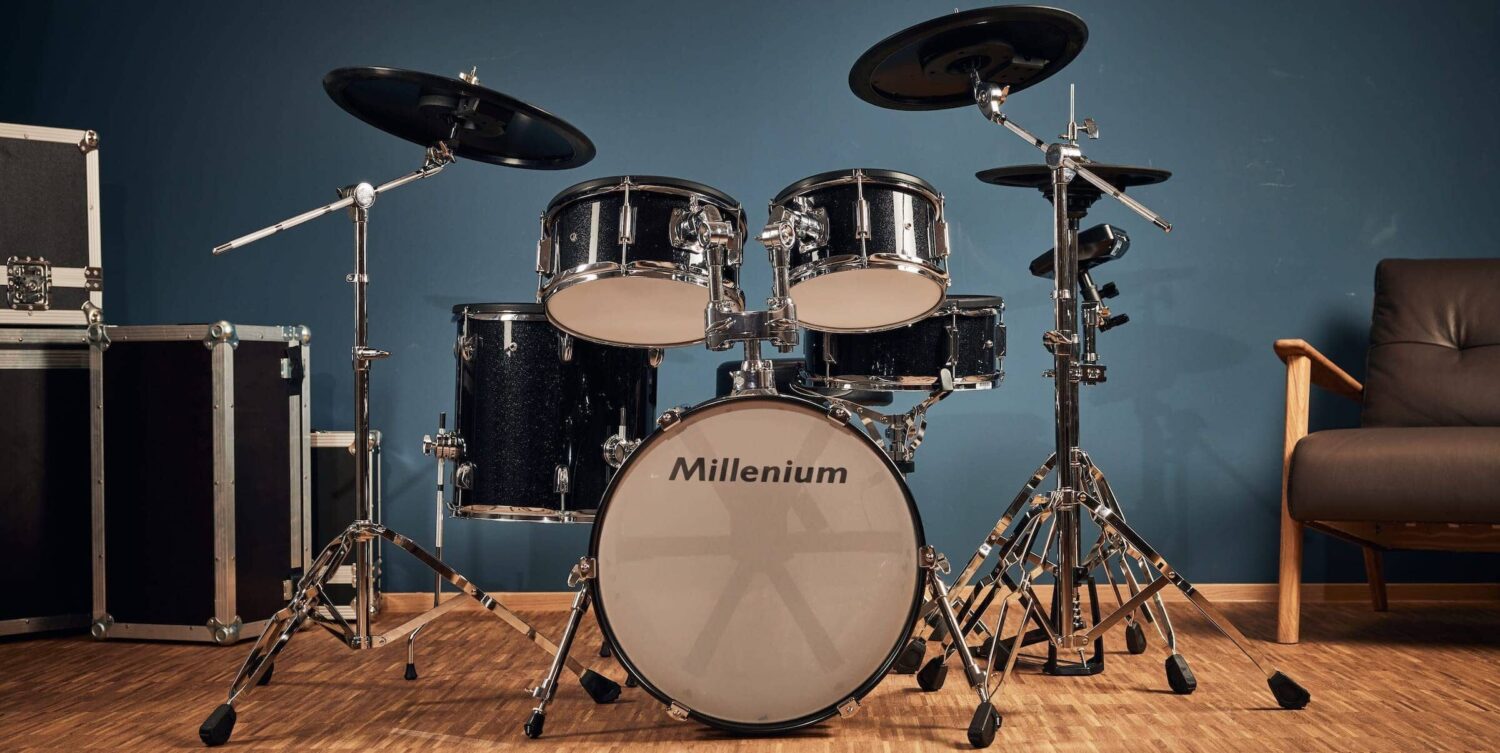Home>Genres>Folk>Which Instrument Was Not Typical In Folk Rock
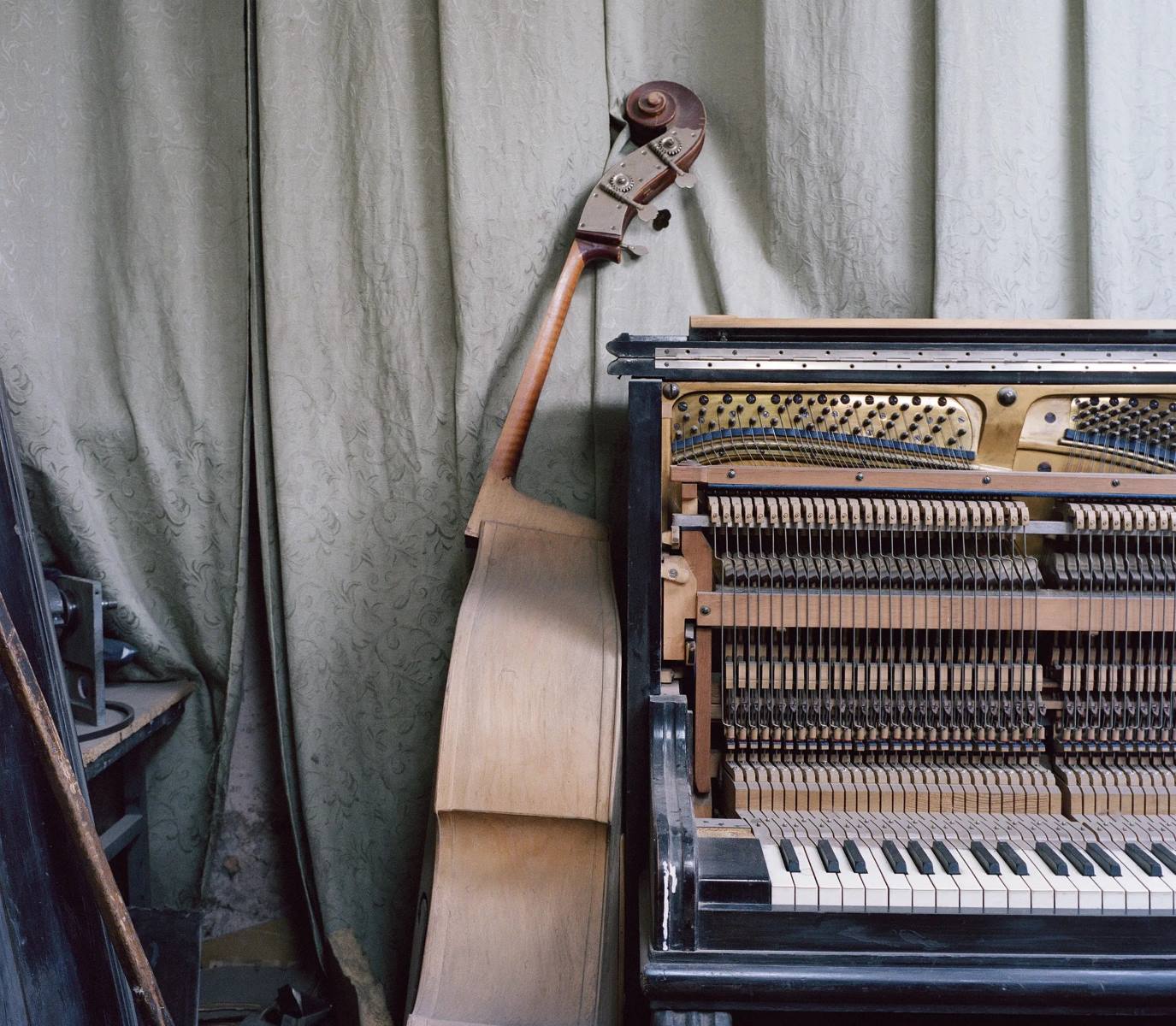

Folk
Which Instrument Was Not Typical In Folk Rock
Modified: February 15, 2024
Discover which instrument was not commonly found in folk rock and learn more about the genre's musical elements. Explore the fascinating world of folk music.
(Many of the links in this article redirect to a specific reviewed product. Your purchase of these products through affiliate links helps to generate commission for AudioLover.com, at no extra cost. Learn more)
Table of Contents
Introduction
Folk rock is a genre of music that emerged in the mid-1960s as a fusion of traditional folk music and rock elements. This blending of styles resulted in a sound that appealed to a wider audience, combining the introspective and storytelling nature of folk music with the energy and instrumentation of rock. Folk rock artists drew inspiration from the roots of folk music, incorporating acoustic guitar, harmonica, and heartfelt lyrics, while also incorporating electric guitars, drums, and other instruments more commonly associated with rock.
Throughout its history, folk rock has seen the rise of many influential bands and musicians, from Bob Dylan and Simon & Garfunkel to The Byrds and Crosby, Stills, Nash & Young. These artists paved the way for a new sound and influenced subsequent generations of musicians.
One fascinating aspect of folk rock is the wide range of instruments utilized in the genre. While certain instruments, such as the acoustic guitar and harmonica, are commonly associated with folk rock, there have been instances where artists introduced unconventional instruments to add a unique twist to their music. In this article, we will explore the typical instruments found in folk rock and highlight one instrument that was not widely used in the genre.
Origins of Folk Rock
The roots of folk rock can be traced back to the mid-1960s, a time when the folk music revival was in full swing. Artists like Bob Dylan, Joan Baez, and Pete Seeger were gaining popularity with their politically and socially conscious folk songs. At the same time, rock and roll was dominating the airwaves with its electrifying sound and rebellious spirit.
It was during this period that musicians began to experiment with combining the acoustic elements of folk music with the amplified instruments and energy of rock. The fusion of these two genres gave birth to a new style of music that came to be known as folk rock.
One of the earliest pioneers of folk rock was the American singer-songwriter Bob Dylan. With iconic songs like “Like a Rolling Stone” and “Blowin’ in the Wind,” Dylan’s poetic lyrics and distinctive voice resonated with audiences of both folk and rock music. His transition from acoustic folk to electric rock sparked controversy and divided opinions, but it also paved the way for other artists to explore the possibilities of blending these genres.
Another key figure in the development of folk rock was the British band The Byrds. With their jangly guitars and tight harmonies, The Byrds took traditional folk songs and gave them a rock twist. Songs like “Mr. Tambourine Man” and “Turn! Turn! Turn!” became instant hits, solidifying the sound of folk rock in the mainstream.
As folk rock gained momentum, other artists began to incorporate elements of both genres into their music. Simon & Garfunkel’s delicate melodies and introspective lyrics captured the hearts of listeners, while bands like Crosby, Stills, Nash & Young brought together the combined talents of multiple singer-songwriters in a powerful union of folk and rock sensibilities.
The emergence of folk rock marked a significant shift in the music landscape, bridging the gap between two seemingly disparate genres. By combining the storytelling qualities of folk music with the electrifying instrumentation of rock, folk rock allowed for a greater emotional depth and wider appeal.
Common Instruments in Folk Rock
Folk rock is known for its use of a wide array of instruments, blending the traditional folk instrumentation with the rock instrumentation to create a unique sound. Here are some of the most commonly used instruments in folk rock:
- Acoustic Guitar: The acoustic guitar is the backbone of folk rock. Its warm and melodic tones provide the rhythmic and harmonic foundation for the music.
- Electric Guitar: The electric guitar adds a new dimension to the folk rock sound, providing a more intense and edgier tone. It allows for greater versatility and lets artists experiment with different effects and techniques.
- Harmonica: The harmonica is another staple of folk rock. Its soulful and bluesy sound adds a touch of nostalgia and adds a melodic element to the music.
- Drums: Drums bring the rhythm and energy to folk rock songs. They provide a driving beat and help create a fuller sound, especially during more uptempo and rock-oriented tracks.
- Bass Guitar: The bass guitar provides the low-end foundation and adds depth to the music. It complements the acoustic and electric guitars and helps bind the various elements together.
- Piano/Keyboard: The piano or keyboard is often utilized in folk rock to add a touch of elegance and richness to the sound. It can enhance the melodic aspects and provide atmospheric textures.
- Violin/Fiddle: The violin or fiddle is frequently employed in folk rock to bring a traditional and folksy flair to the music. Its expressive and emotive qualities can create a haunting and captivating atmosphere.
- Mandolin: The mandolin adds a distinctive and bright sound to folk rock. Its quick and intricate fingerpicking patterns provide a lively and energetic element to the music.
- Banjo: The banjo is often associated with folk music and is occasionally incorporated into folk rock songs. Its twangy and percussive qualities can add a rustic and earthy vibe.
These instruments, when combined in various ways, contribute to the distinctive sound of folk rock. They create a rich and textured sonic landscape that complements the introspective lyrics and storytelling nature of the genre.
The Unconventional Instrument in Folk Rock
While folk rock is known for its utilization of traditional instruments like acoustic guitars, harmonicas, and violins, there have been instances where artists introduced unconventional instruments to add a unique twist to their music. One such instrument that is not typically associated with folk rock is the sitar.
The sitar, a stringed instrument with a distinctive sound, originates from India and is commonly associated with classical Indian music. However, in the late 1960s, several folk rock bands began incorporating the sitar into their songs, giving their music a subtle Eastern influence.
The Beatles were among the first Western artists to popularize the sitar in their music. George Harrison, the lead guitarist of the Beatles, was captivated by the sitar’s sound during a trip to India and subsequently introduced it into many of the band’s songs. Their groundbreaking album, “Sgt. Pepper’s Lonely Hearts Club Band,” featured the sitar prominently in tracks like “Within You Without You,” infusing the album with an otherworldly and mystical vibe.
Another notable artist who embraced the sitar in their folk rock music was Donovan. In songs like “Hurdy Gurdy Man” and “Sunshine Superman,” Donovan incorporated the sitar, blending Eastern and Western musical elements to create a psychedelic folk rock experience.
The use of the sitar added an exotic and ethereal quality to the folk rock sound. Its intricate and hypnotic melodies, coupled with its unique timbre, created a new sonic dimension within the genre.
In addition to the sitar, there have been other unconventional instruments sporadically used in folk rock. These include the dulcimer, autoharp, tabla, and even unconventional objects like wine glasses or kitchen utensils used as percussion instruments. These unconventional choices allowed artists to experiment with different textures, tones, and cultural influences, pushing the boundaries of traditional folk rock.
By incorporating these unusual instruments, folk rock musicians were able to expand the sonic landscape and add a fresh flavor to their music. This experimentation helped to evolve the genre and keep it vibrant and exciting.
Famous Examples of Folk Rock Bands
Folk rock has seen the rise of several highly influential bands and musicians who have left a lasting impact on the genre. These artists not only helped define the sound of folk rock but also paved the way for future musicians to explore the fusion of folk and rock. Here are some famous examples of folk rock bands:
- The Byrds: One of the pioneers of folk rock, The Byrds brought a jangly guitar sound and tight harmonies to the genre. Songs like “Mr. Tambourine Man” and “Turn! Turn! Turn!” became timeless classics.
- Simon & Garfunkel: Known for their delicate melodies and poignant lyrics, Simon & Garfunkel created beautiful acoustic-based folk rock songs. Hits like “The Sound of Silence” and “Bridge Over Troubled Water” showcased their exquisite harmonies.
- Bob Dylan: Considered one of the greatest songwriters of all time, Bob Dylan’s transition from acoustic folk to electric rock in the mid-1960s revolutionized the folk rock genre. Songs like “Like a Rolling Stone” and “Blowin’ in the Wind” became anthems for a generation.
- Crosby, Stills, Nash & Young: This supergroup brought together talented singer-songwriters David Crosby, Stephen Stills, Graham Nash, and Neil Young. Their intricate vocal harmonies and politically charged lyrics made a significant impact on the folk rock scene.
- Buffalo Springfield: Featuring talents like Neil Young and Stephen Stills, Buffalo Springfield blended folk, rock, and country influences to create a sound that resonated with fans. Their song “For What It’s Worth” became an iconic protest anthem.
- Joan Baez: Known for her powerful voice and unwavering commitment to social justice, Joan Baez became a prominent figure in the folk rock movement. Her interpretations of traditional folk songs and her own compositions made her a musical force to be reckoned with.
- The Mamas & the Papas: While their sound leaned more towards pop, The Mamas & the Papas incorporated folk and rock elements into their music. Their harmonies and catchy melodies made them a chart-topping success in the 1960s.
These bands, among many others, played a significant role in shaping the folk rock genre. Through their innovative songwriting, captivating performances, and unique blend of folk and rock styles, they left an enduring legacy that continues to inspire and influence musicians to this day.
Conclusion
Folk rock is a genre that emerged in the mid-1960s, blending the introspective storytelling of folk music with the energy and instrumentation of rock. With its roots in traditional folk music, folk rock introduced new sounds and dynamics that appealed to a wider audience and helped bridge the gap between two genres.
Throughout the history of folk rock, there have been common instruments that define the genre, such as acoustic guitars, harmonicas, and drums. These instruments create the foundation for the folk rock sound, providing both rhythm and melody. However, there have also been instances where artists introduced unconventional instruments to add a unique twist to their music, one notable example being the sitar.
Famous folk rock bands like The Byrds, Simon & Garfunkel, Bob Dylan, and Crosby, Stills, Nash & Young have left an indelible mark on the genre. Their innovative songwriting, powerful vocals, and experimental approaches have shaped the sound and direction of folk rock, influencing generations of musicians to come.
In conclusion, folk rock represents the marriage of tradition and innovation, combining the best elements of both folk and rock genres. Its ability to captivate listeners with heartfelt lyrics, captivating melodies, and a variety of instruments has allowed folk rock to endure and remain a beloved genre in the music world.
Whether it’s the soulful strumming of an acoustic guitar, the haunting sound of a sitar, or the resonating harmonies of a folk rock band, the genre continues to evolve and captivate audiences with its timeless allure.


